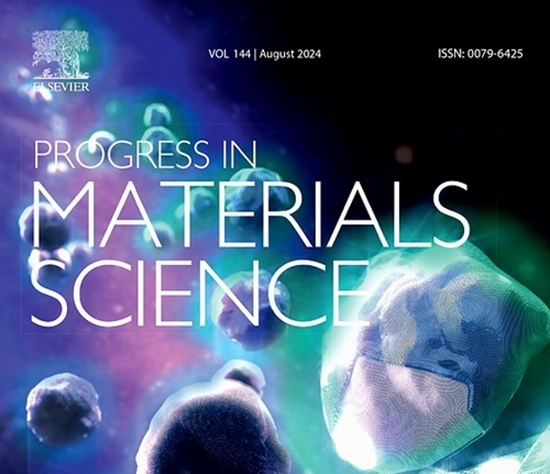How biomimetic nanofibers advance the realm of cutaneous wound management: The state-of-the-art and future prospects
The results of a review article, co-authored by researchers from the Biosensor Research Center at the Endocrinology and Metabolism Research Institute of Tehran University of Medical Sciences, Azad University of Sciences and Research, Sharif University of Technology, the University of Barcelona, and the University of Central Florida, have been published in the prestigious journal Progress in Materials Science, which has an impact factor of 4.37 and a citation score of 5.67. This article reviews advancements and innovative methods in the design of biomimetic nanofibrous materials with high potential for wound healing and skin regeneration.

Abstract
Skin acts as a protective barrier for the underlying organs against external events such as irradiation of ultraviolet rays, incursion of harmful pathogens, and water evaporation. As the skin is constantly liable to damage, the wound-healing process is vital to the survival of all organisms. Materials design and development for enhanced wound healing and skin tissue regeneration have been found highly valuable in recent years. A wide range of materials and structures, including dressings and tissue-engineered substitutes composed of synthetic and/or natural biopolymers and their composites have been developed and examined. Although some have clinically been proven and are available in the market, mimicking the architecture of native extracellular matrix is still an open challenge with fundamental limitations in reproducing skin appendages, sufficient vascularization, adherence to the wound bed, and scarless wound management. Biomimetic nanofibers with tunable morphological, biological, and physicochemical features are promising candidates to overcome these drawbacks. Combined with advanced biomanufacturing and cell culturing techniques, enabling the incorporation of growth factors and stem cells within morphologically-controlled nanostructures, the fibrous structures allow the regeneration of functional skin. This paper overviews the advances in state-of-the-art strategies for designing biomimetic nanofibrous materials with a high potential for wound healing and skin regeneration. An emphasis is given to multifunctional nanocomposites with mechanobiological properties matching those of natural skin. Opportunities, challenges, and commercial status of these materials for skin repair are outlined, and their future perspective is demonstrated. The advances in smart wound management are also discussed, particularly by highlighting the potential of stimuli-responsive materials and integrated sensors in the progress of next-generation dressings for simultaneous monitoring and on-demand treatment of wounds




comment